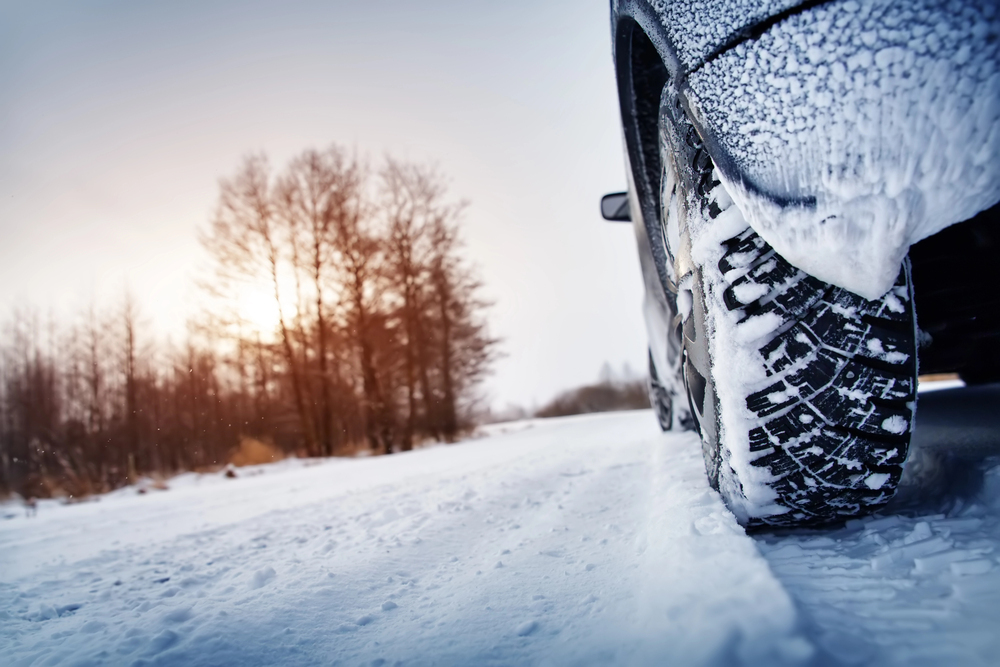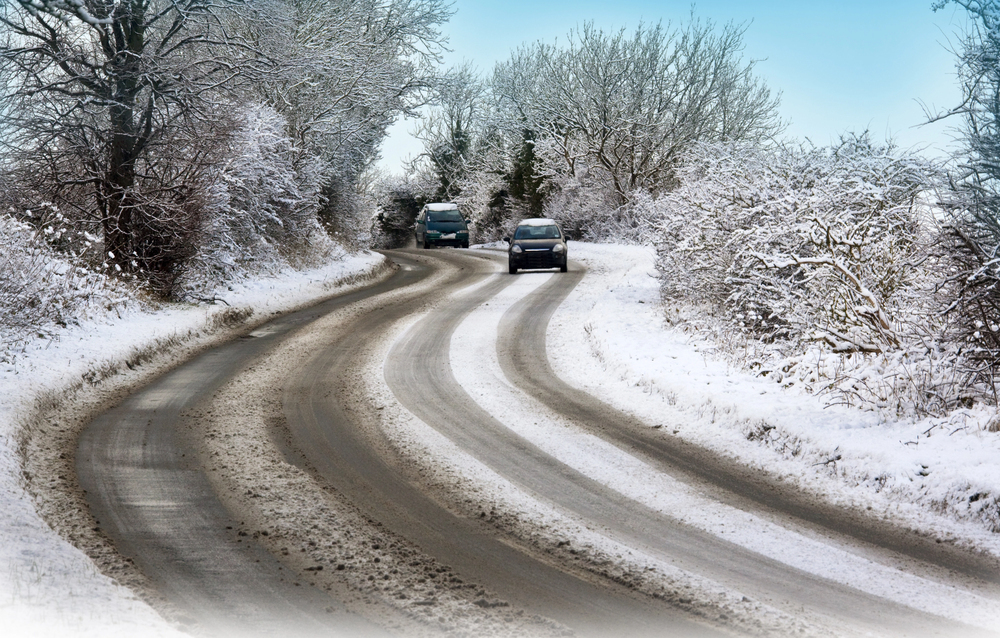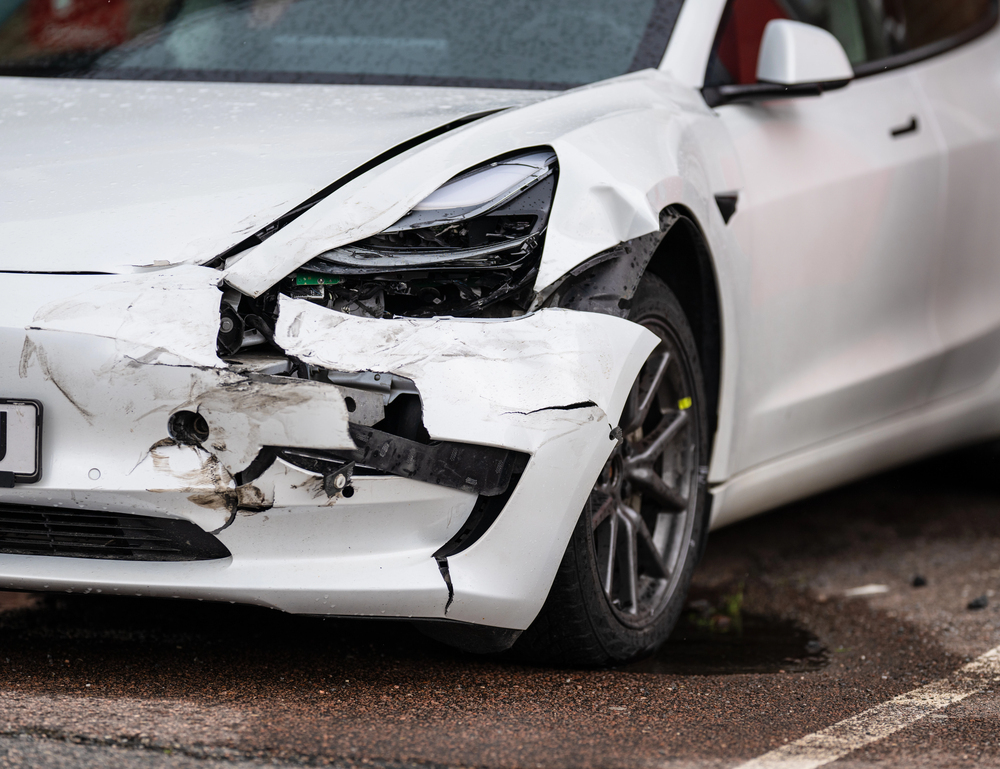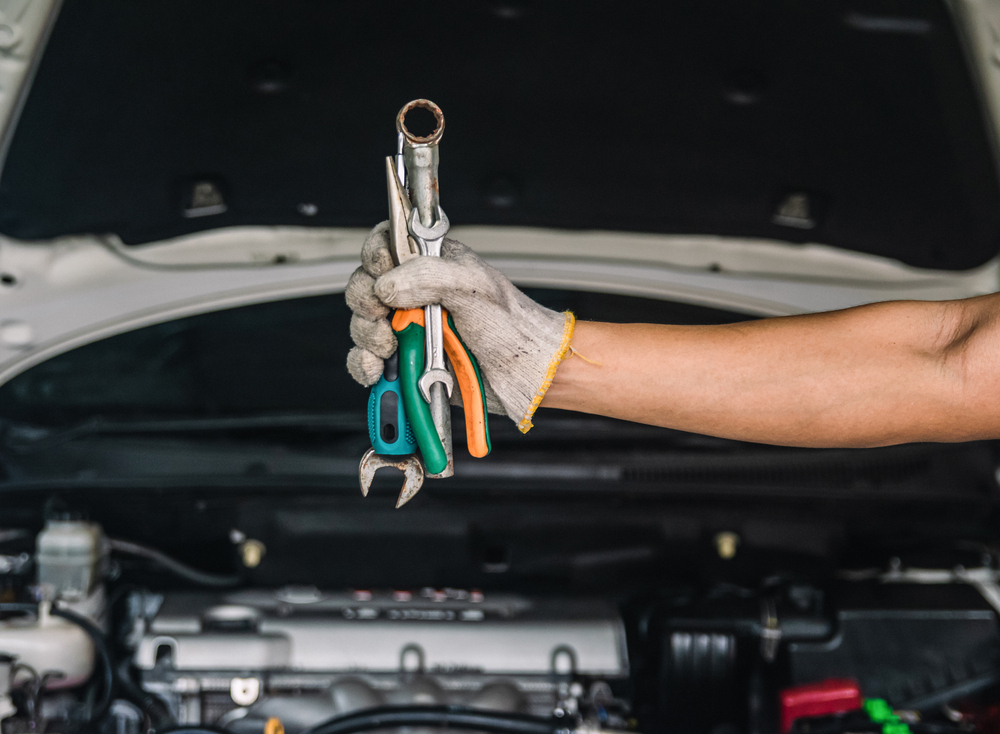The temperature will hopefully be dropping soon, and when that happens, so too does winter weather. Winter weather can negatively affect your vehicle’s alignment, which in turn impacts your ability to drive safely. From icy roads to deep potholes, winter introduces risks that drivers may not realize impact their vehicle’s stability, handling, and even tire wear. Today, we’re going to discuss how winter weather affects alignment, why it matters for safety, and when to get a winter alignment check.
Key Takeaways
- Winter conditions in New Jersey, including icy roads and potholes, can throw off your vehicle’s alignment, impacting handling and safety.
- Potholes, icy roads, and snow or ice build-up under the vehicle all contribute to misalignment, which affects stability and increases wear on your tires.
- Misalignment leads to reduced control, increased stopping distance, and uneven tire wear, all of which can be particularly dangerous on slippery winter roads.
- Warning signs include your vehicle pulling to one side, a vibrating or unsteady steering wheel, uneven tire wear, squealing tires, or the steering wheel not returning to center.
- Consider getting an alignment check after hitting a pothole, before heavy snowfall, when you notice misalignment signs, or as part of routine winter maintenance.
How Winter Weather Affects Wheel Alignment
Cold weather brings with it many things that you can look forward to, until you consider the roadways. Here are some things caused by winter weather than contributes to wheel misalignment:
Potholes and Cracks in the Road
New Jersey roads are notorious for their potholes, particularly the ones that get wider and deeper during the winter months. When snow and ice melt, they seep into cracks in the asphalt, which then refreeze and expand. This cycle causes potholes, which are hazardous for alignment. Hitting even a small pothole can jar your vehicle’s suspension system, leading to alignment issues.
Icy, Slippery Conditions
Freezing rain, snow, and ice make for poor driving conditions. Pair that with oil and other substances on the road, and you may find yourself in a sliding vehicle. When a vehicle slides or skids, it puts extra pressure on the suspension system and tires, which may lead to misalignment. This is especially true if you’re driving on untreated or poorly maintained roads in snowy weather.
Snow and Ice Build-Up
Snow, ice, and road salt can build up on the underside of your vehicle, adding uneven weight and pressure on your suspension. Over time, this can pull your alignment out of balance, even if the effect isn’t immediately noticeable. Additionally, heavy snow buildup on one side of the vehicle can also impact alignment and wear down your tires unevenly.
How Misalignment Affects Vehicle Safety
Driving with misaligned wheels can make your car’s performance poor. When your car isn’t functioning properly, there is a greater safety risk. Here are some of the ways poor wheel alignment will impact your driving:
Reduced Control and Stability
Proper alignment ensures that your tires are straight and respond predictably to your steering. When misaligned, your vehicle may pull to one side, forcing you to continuously correct the steering. This can be dangerous, especially in winter conditions where sudden steering adjustments may lead to skids or loss of control.
Increased Stopping Distance
Misalignment affects the way your tires make contact with the road, which can increase your stopping distance. In winter, stopping quickly is crucial, particularly on icy or snow-covered roads. When alignment is off, it takes longer for your vehicle to come to a complete stop, increasing the risk of collisions.
Uneven Tire Wear
Misalignment causes uneven tire wear, reducing the life of your tires and making them less effective on slippery roads. Bald or unevenly worn tires struggle to grip the road, making them particularly dangerous in winter weather when traction is already reduced.
Signs Your Vehicle’s Alignment Needs Attention
It’s easy to overlook signs of misalignment, but it’s essential to check for them regularly, especially in winter. Here are some indicators that you may need an alignment check:
- Your vehicle pulls to one side while driving
- The steering wheel vibrates or feels unsteady
- Uneven tire wear is visible
- You notice squealing tires, even on dry pavement
- The steering wheel does not return to center easily after turning
When to Get an Alignment Check
Winter is the ideal time for an alignment check, as your vehicle is more vulnerable to alignment issues. At Elmer’s Auto Body, we offer comprehensive alignment inspections to ensure your car is prepared for winter roads. Here’s when you should consider visiting us for an alignment service:
- After Hitting a Pothole: Any time you hit a large pothole, it’s wise to have your alignment checked.
- Before Heavy Snowfall: If you anticipate driving in heavy snow, an alignment check can enhance handling and safety.
- After Noticing Alignment Issues: If you experience any of the warning signs listed above, bring your vehicle in for an inspection.
- Routine Winter Maintenance: Including an alignment check in your winter maintenance routine is a good way to prevent safety issues before they arise.
Contact a Collision Repair Center in South Jersey Today
Winter alignment checks can be essential for driving safely in New Jersey’s winter weather. By addressing alignment issues early, you reduce the risk of unexpected repairs and make sure your vehicle handles optimally on icy roads. At Elmer’s Auto Body, we’re here to help you stay safe through every season. Although we mainly focus on collision repair center, we do aim to educate. If you ever end up in collision, give one of our three South Jersey locations a call today.





